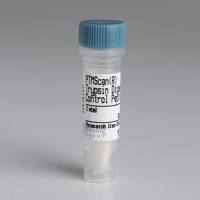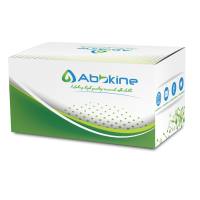Immunoassays for Lipid Peroxidation End Products: One-Hour ELISA for Protein-Bound Acrolein and HNE
互联网
452
Unsaturated aldehydes such as acrolein and hydroxyalkenals are produced in vivo through lipid peroxidation chain reactions under conditions of oxidative stress or carcinogenic insult, and are causally involved in the pathogenesis of numerous diseases (1,2). The ability of cytotoxic and genotoxic compounds to inactivate various biologically important macromolecules has been well documented (3–5). For enzymes and proteins, lysine, cysteine, histidine, and other amino acid residues that play key roles in their functionings are preferentially modified. The complicated chemistry and biochemistry of the reactive molecules occurring in vivo in micro- or ultramicroquantities remain unclear, because direct determination of such unstable compounds is problematic. An alternative approach is the immunochemical quantification of reaction products accumulating in vivo, for which monoclonal antibodies (MAbs) specific for the acrolein-modified lysine and 4-hydroxy-2-nonenal (HNE)-modified histidine epitopes have been prepared (Fig. 1 ) (6,7). However, several difficulties are encountered with enzyme-linked immunosorbent assay (ELISA) determination of haptenic molecules. One is the low avidity of MAbs against the small epitopes in general. The other is that the most widely used sandwich method is unapplicable to the quantitation because monovalent antigens are undetectable in principle.
Fig. 1. Structures of acrolein and HNE ( A ) and their amino acid adducts ( B ).








